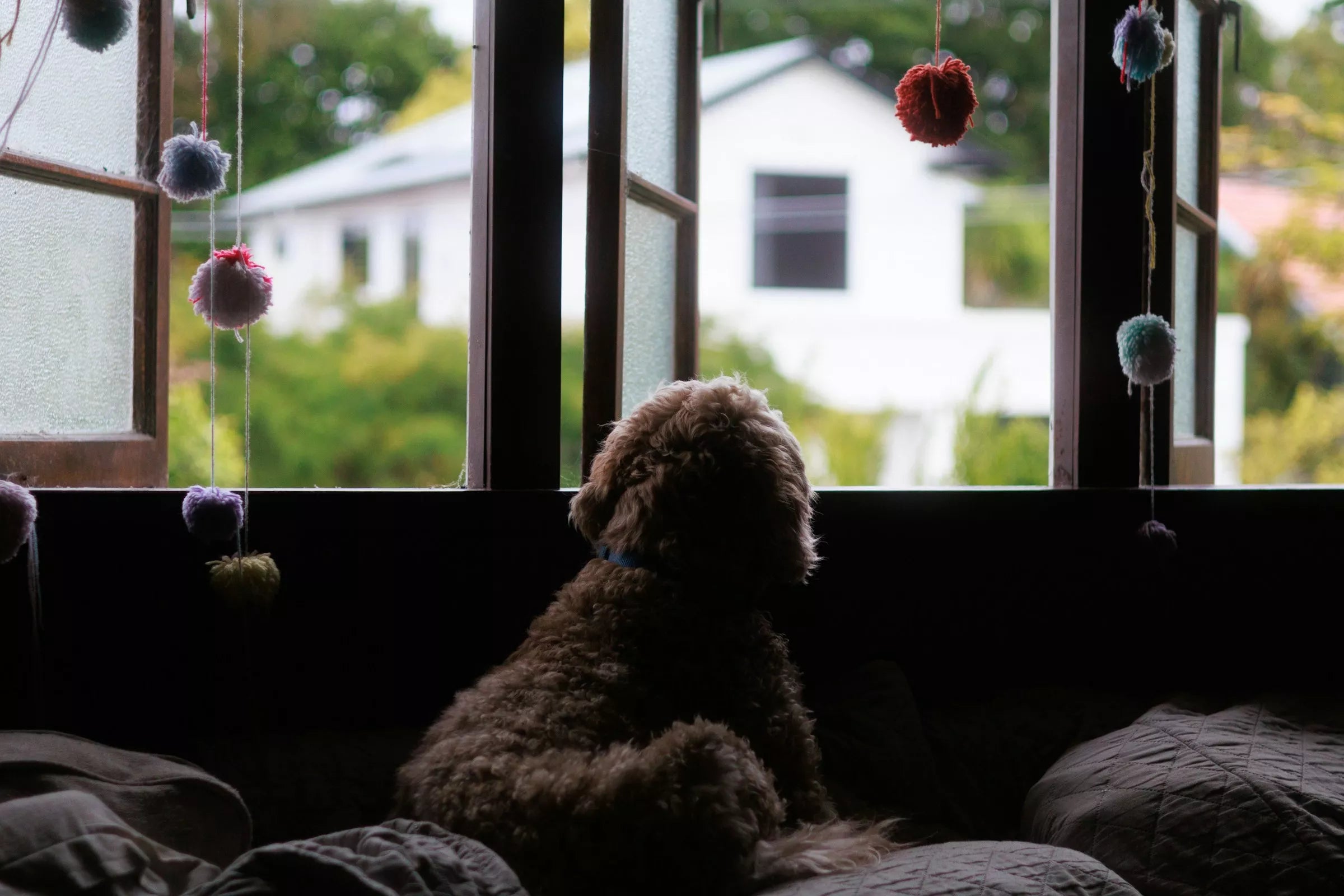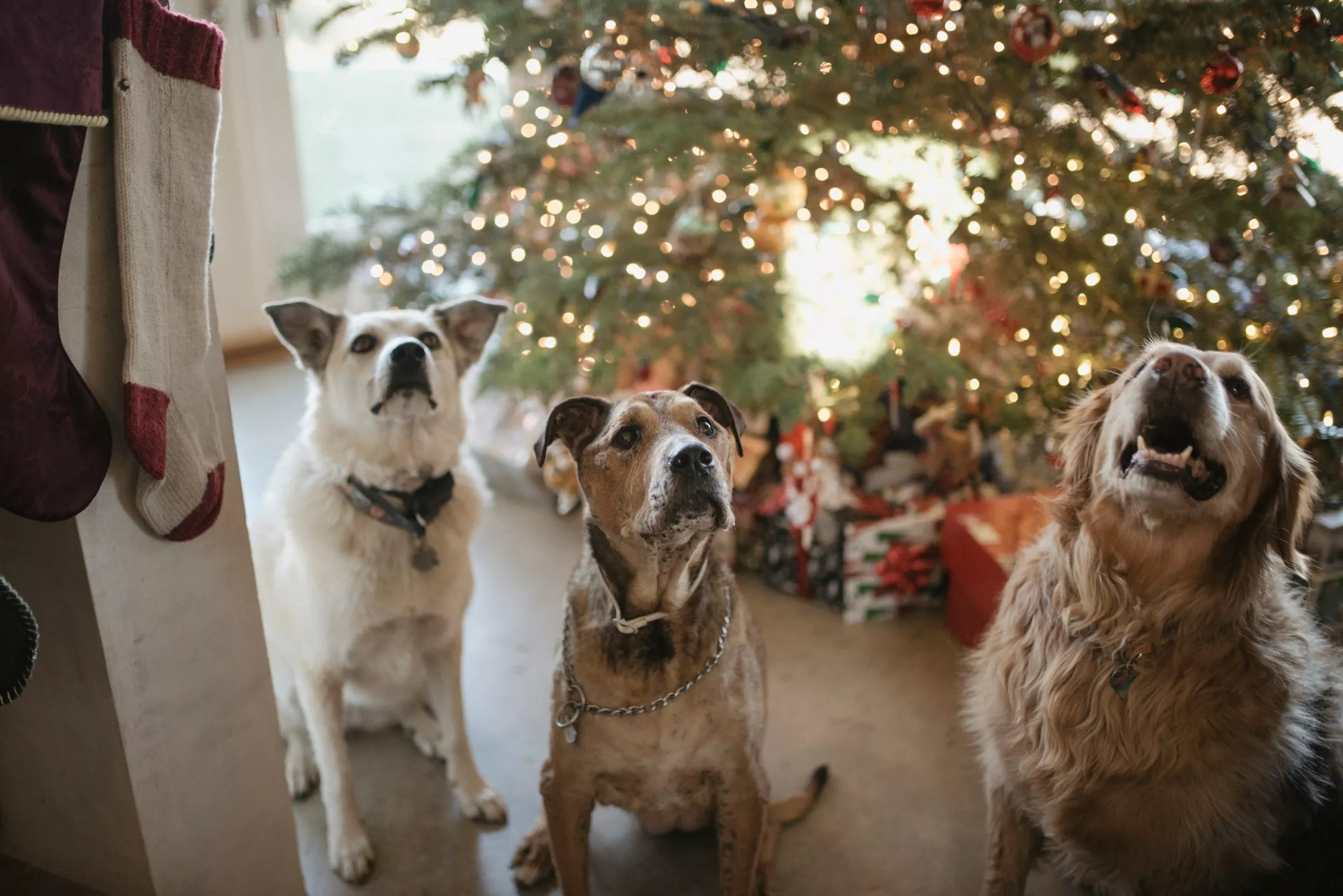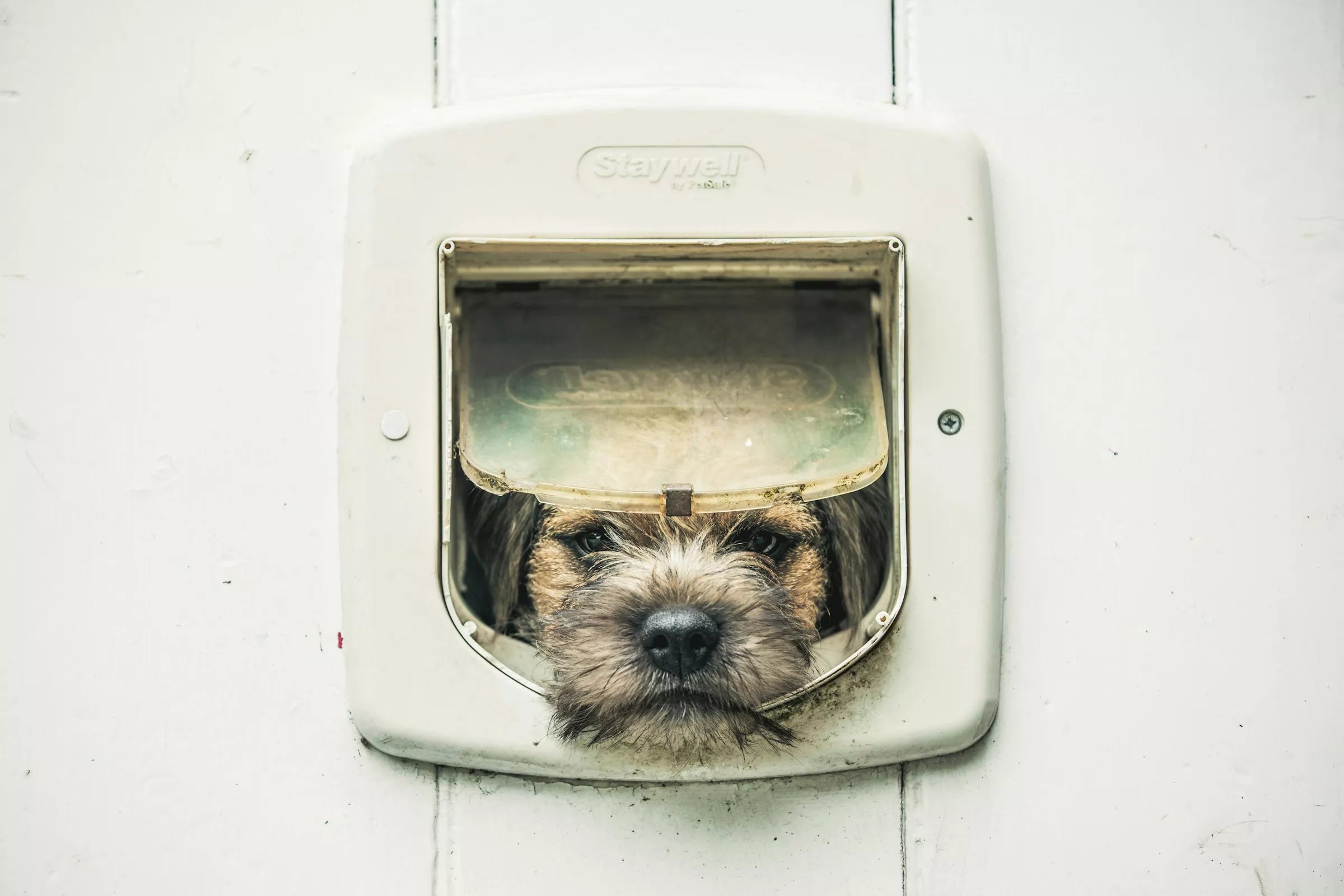Understanding Dog Learning

Dogs, like humans, have the ability to learn, remember, and adapt — but their learning style is shaped by biology, evolution, and environment. Studies have shown that dogs have a memory capacity similar to that of a two-year-old child, with an average vocabulary of around 165 words (and in some cases, over 1,000). Dogs primarily learn through association, connecting an action or event with a consequence or cue.
Their brains are wired for pattern recognition. This means that consistency in your cues and responses will have a greater impact than the complexity of the task.
The Three Main Ways Dogs Learn
- Classical Conditioning — Popularised by Ivan Pavlov, this method links two stimuli together. For example, if a dog hears the word "walk" and then goes outside, the word alone can trigger excitement.
- Operant Conditioning — Developed by B.F. Skinner, this form of learning is based on consequences. Positive reinforcement (adding a reward) and negative punishment (removing something desirable) are the most effective for dogs.
- Social Learning — Dogs can learn by observing other dogs or humans. Research from the University of Vienna found that dogs were significantly more successful at solving a puzzle after watching another dog do it first.
Science-Backed Training Methods

Positive reinforcement remains the gold standard in canine learning. According to a 2020 study in the journal Frontiers in Veterinary Science, dogs trained with rewards such as treats, praise, or toys showed higher obedience scores and lower stress behaviours compared to those trained with punishment-based methods.
Clicker training — a form of operant conditioning using a sound marker — has also been proven to speed up the learning process by providing a clear, consistent signal for desired behaviour.
Factors That Affect Learning Speed
- Breed tendencies — Border Collies and Poodles often excel at learning complex tasks quickly, while independent breeds like Afghan Hounds may require more patience.
- Age — Puppies absorb new information quickly but have shorter attention spans; adult dogs may take longer to learn but retain information better.
- Environment — A calm, low-distraction setting is crucial for early learning stages.
- Health — Hearing, vision, and joint health can all affect a dog’s ability to follow cues and perform tasks.
Practical Tips for Better Training

- Keep sessions short — 5–10 minutes is ideal for most dogs.
- Use consistent verbal cues and hand signals.
- Reward immediately after the desired behaviour to strengthen the association.
- Gradually increase difficulty and distractions as your dog masters each step.
- Always end on a positive note to keep your dog motivated.
FAQ
Can older dogs still learn new things?
Yes — while it may take them longer, older dogs can still learn effectively with patience and consistency.
Is punishment ever effective in training?
Science shows that punishment can lead to fear and anxiety. Positive reinforcement yields better long-term results and strengthens the bond between dog and owner.
How many repetitions does it take for a dog to learn something new?
It varies by dog and task, but on average, dogs may need 15–30 repetitions to reliably perform a new behaviour.
What’s the smartest breed?
Border Collies consistently rank highest in working intelligence, followed by Poodles and German Shepherds — but all dogs have unique strengths.















Share:
Can Dogs Remember Their Past?
Can I Increase My Dog's Intelligence?